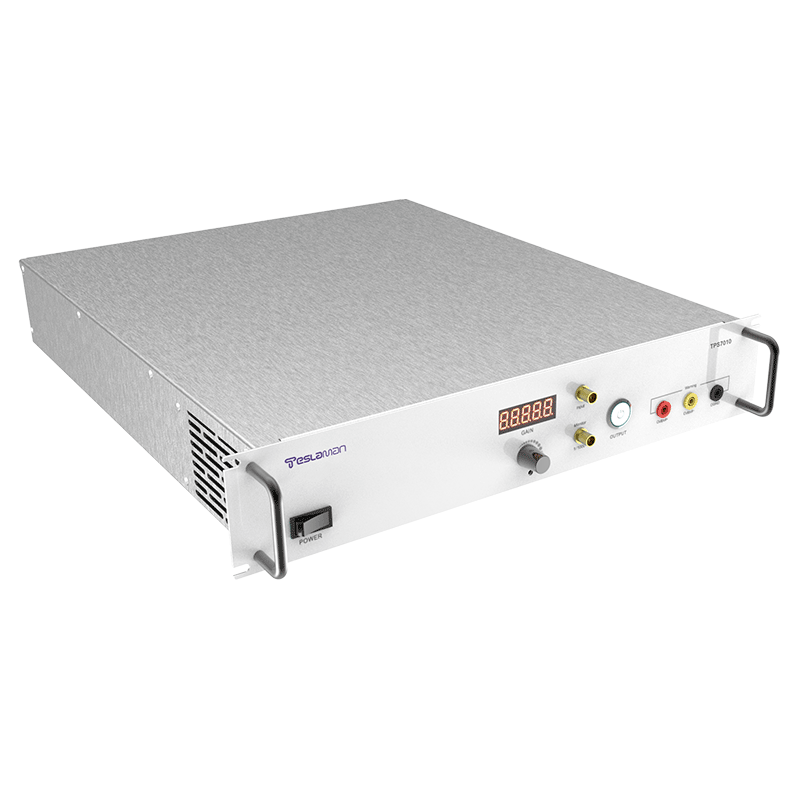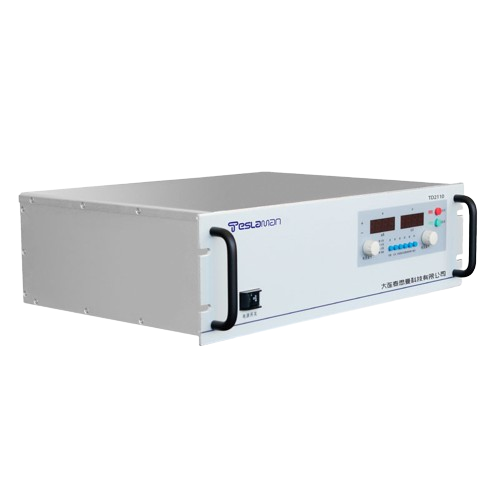Real-Time Monitoring and Energy-On-Demand Control in Electron Beam Curing Power Supplies
Electron beam curing (EBC) systems employ high-energy electrons to initiate polymer cross-linking, providing rapid, solvent-free curing for coatings and inks. The curing efficiency and product quality depend heavily on the energy precision and beam stability provided by the power supply.
The curing power system operates under a digitally controlled pulse modulation scheme that allows real-time adjustment of beam energy and dose delivery. A radiation dosimetry sensor continuously measures beam intensity at the substrate surface, feeding data back to the control unit. The FPGA-based controller dynamically adjusts pulse width and frequency to maintain the target energy dose according to substrate composition and layer thickness.
To avoid overexposure or thermal damage, the power supply includes adaptive energy-limiting logic that reduces output power when the monitored curing temperature exceeds a safety threshold. The control system can also modify the beam scanning speed to distribute energy uniformly across large surfaces.
Energy-on-demand control is achieved through a material-dependent curing model stored in the controller’s memory. This model predicts the optimal beam energy based on real-time input such as resin absorption characteristics, ambient temperature, and curing depth requirements. The system then modulates power output accordingly, minimizing energy waste while maintaining full cross-linking efficiency.
The use of high-speed IGBT switching and ultra-low-ripple filtering ensures stable high-voltage delivery during fast modulation cycles. This integration of monitoring, modeling, and adaptive control enables precise, efficient, and uniform curing even in complex industrial applications.




















